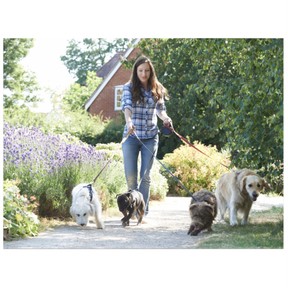
Essential and non-essential goods and services
I can compare essential and non-essential goods and services.



8,000 schools use Gynzy
92,000 teachers use Gynzy
1,600,000 students use Gynzy
General
Students learn to distinguish between essential and non-essential goods and services. They will sort items into two categories: goods and services. They will also determine whether they are wants or needs.
Learning objective
Students will be able to distinguish between goods and services and identify goods produced and services provided in their community.
Introduction
Ask students to think about the different places they often visit in the neighborhood. What kinds of shops or stores do they frequently visit? Why do they visit them? Explain that people in a community depend on one another to get the goods and services they use regularly.
Instruction
First, explain what goods are and provide some examples. Then review wants and needs with the class and show students the video on the board. Have students talk to a partner about the goods they have around the house. Which of these goods are wants and which are needs? Have students take notes on their note catcher. There is a link to a printable version of this note catcher on the board. Students then drag to sort images into wants and needs. After this, explain what services are and provide some examples. Ask students what kinds of services they think are essential. What services do they see provided in their community? Next, students drag to sort the images of services into wants and needs and then determine if an image represents a good or a service.
Quiz
Students respond to 10 true or false and multiple-choice questions. They will determine whether something is a good or service and whether it is essential or non-essential.
Closing
There are three activities to close the lesson. First, students will write a few sentences explaining the difference between goods and services. Next, students can create a collage that includes pictures of goods and services they or their families use. They can draw the pictures, print them, or find them in a magazine. Finally, students will write a thank you letter to show appreciation to the producers in the community who provide goods and services.
Instruction materials
This lesson includes a printable worksheet. It is a note catcher in which students will keep track of the goods and services they learn about, and write a few sentences about what they've learned.
The online teaching platform for interactive whiteboards and displays in schools
Save time building lessons
Manage the classroom more efficiently
Increase student engagement
Discover more!
About Gynzy
Gynzy is an online teaching platform for interactive whiteboards and displays in schools.
With a focus on elementary education, Gynzy’s Whiteboard, digital tools, and activities make it easy for teachers to save time building lessons, increase student engagement, and make classroom management more efficient.



